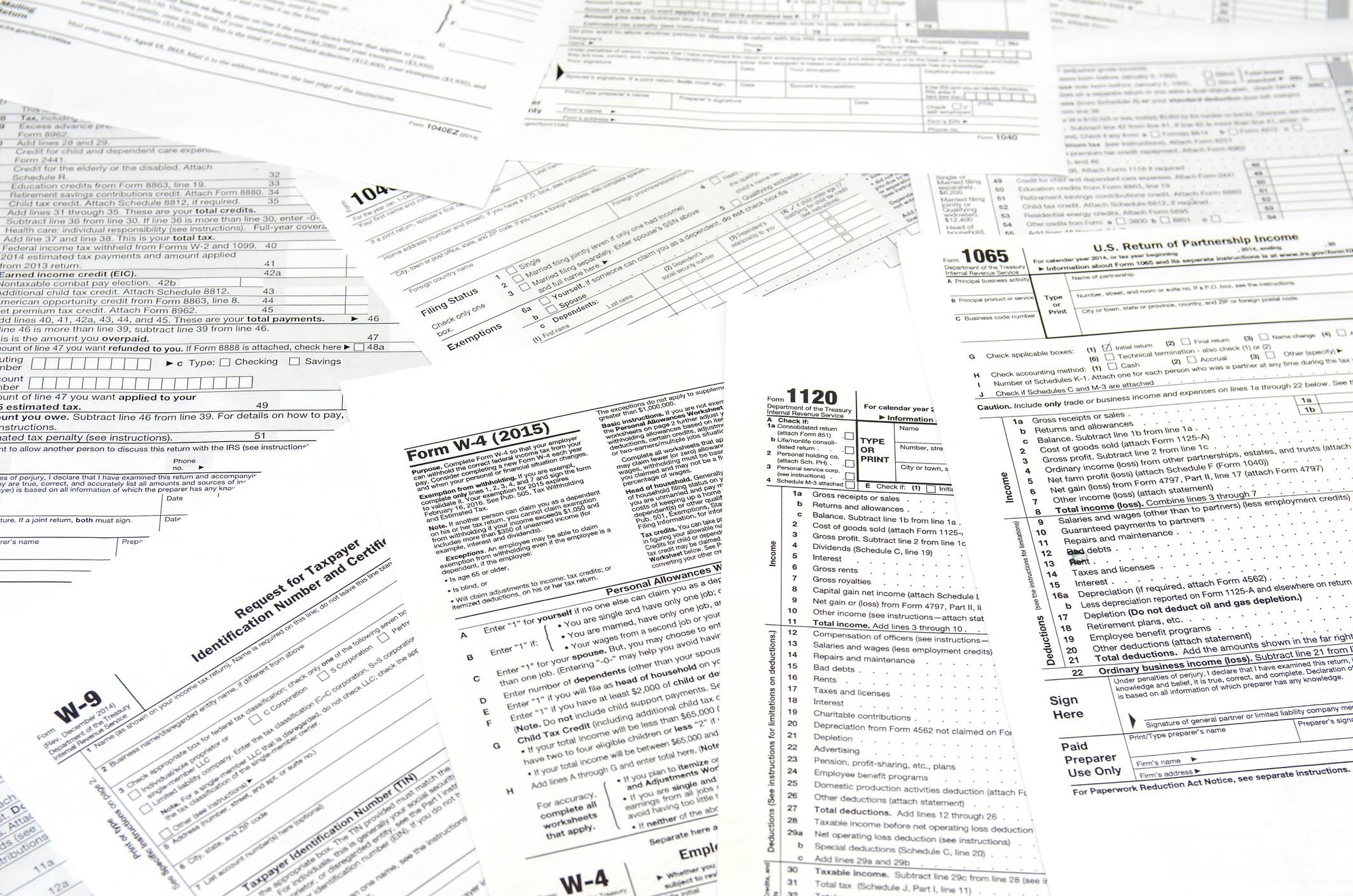A wildcat well is a well that's been drilled outside of an area known to have oil and gas. The phrase may be lighthearted, but millions of dollars can be risked on a single well without any real guarantee of success. Read on to find out more about the advantages and disadvantages of these risky propositions.

What is wildcat drilling?
The vast majority of global oil and gas production occurs in specific areas known as fields. The Permian Basin in Texas and New Mexico, the massive Ghawar field in Saudi Arabia, and the North Sea come to mind. But oil and gas producers also frequently go outside known production areas to drill so-called wildcat wells, which are extremely risky and expensive ventures that have no guarantee of success.
The term "wildcatter" originated either in the oilfields of Pennsylvania during the early part of the 20th century or in the plains of West Texas. Either way, oilmen reputedly had to deal with wildcats in the area. And while the image of a wildcatter, portrayed in a number of movies from the 1930s through the 1950s, remains that of a hardy, free-wheeling individual willing to risk everything for a potential fortune, the truth is that most wildcat wells these days are drilled by multinational oil and gas companies that can afford a dry hole or two.
Pros and cons of wildcat drilling
On a scale of risk versus reward, wildcat wells rank somewhere between betting millions on a brand-new cryptocurrency and buying $10,000 in Apple (AAPL +0.51%) in 1980. In other words, drilling a wildcat well has the potential to provide millions -- or nothing.
The reason for the extreme risk of wildcat wells is the fact that wildcat wells involve drilling in terra incognita, unknown land. Oil and gas companies generally spend a considerable amount of time and money to research the geology of a potential field. Shallow wells are drilled to obtain core samples, and seismic equipment is used to pinpoint the location of potential reservoirs.
Wildcat drillers generally have none of these tools available. Although their wells aren't usually a total shot in the dark, there's nowhere near as much information available at a wildcat site. A study by Rystad Energy found the success rate of onshore wildcats plunged recently, falling from about 60% in 2016 to only slightly more than 10% in 2020.
Although land-based wildcat wells have traditionally been favored over offshore projects, the trend may be changing. Rystad found that prime locations for wildcat wells have almost been exhausted, and new technologies are making offshore drilling slightly less expensive.
Related investing topics
Wildcat drilling example
When you think of wildcatters, ExxonMobil (XOM +1.07%) is probably not your first thought. Yet the Houston-based oil giant took a gamble on a promising location off the coast of Guyana, forming a consortium that included the China National Offshore Oil Co. (CNOOC) and Hess Corp., which was recently acquired by Chevron (CVX +0.47%).
After a number of dry wells in the mid-2010s, the oil companies hit paydirt, finding at least 11 billion barrels of reserves in the area. The South American nation is now the fourth-largest offshore oil producer in the world, and its government receives an estimated $1 billion annually from the deal. The consortium isn't doing too badly from its wildcat project, either; ExxonMobil reported $2.7 billion in profits, while Hess and CNOOC said they each made $1.5 billion from the field.


















